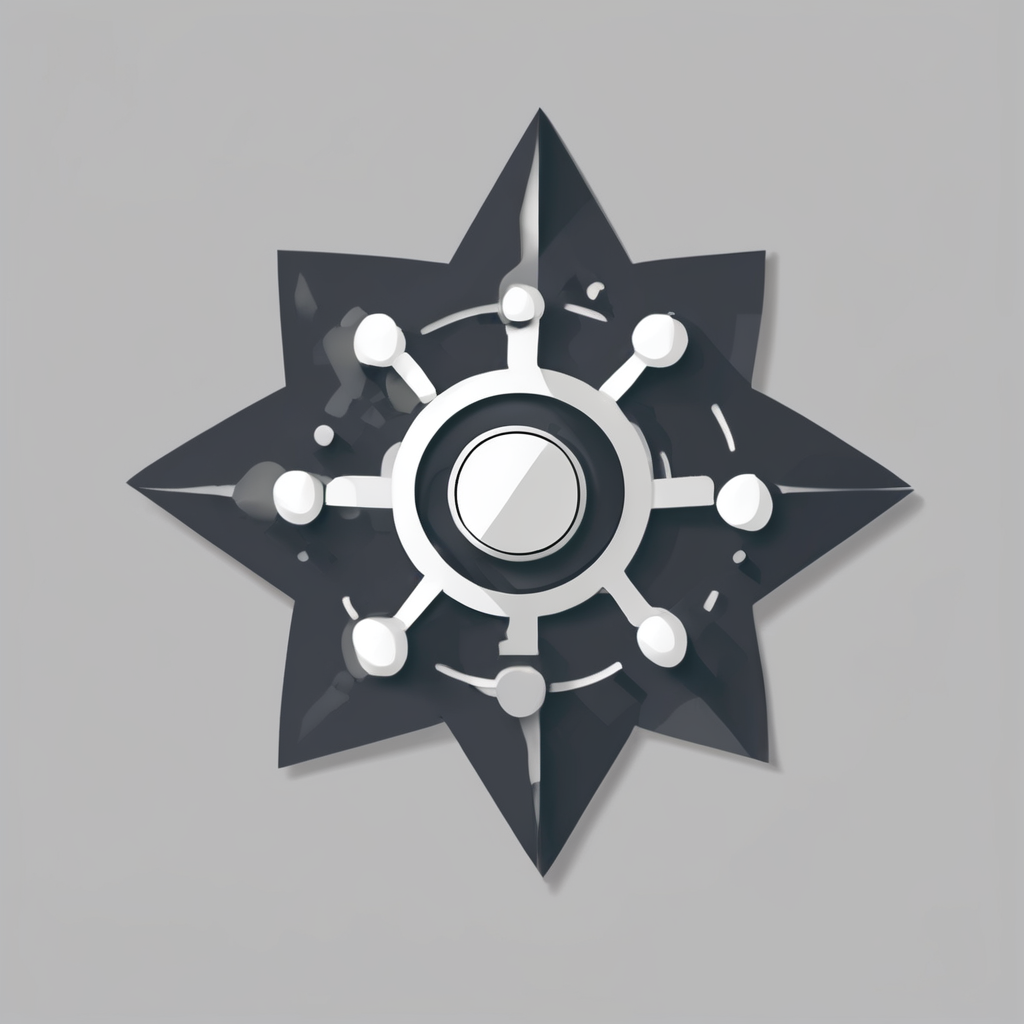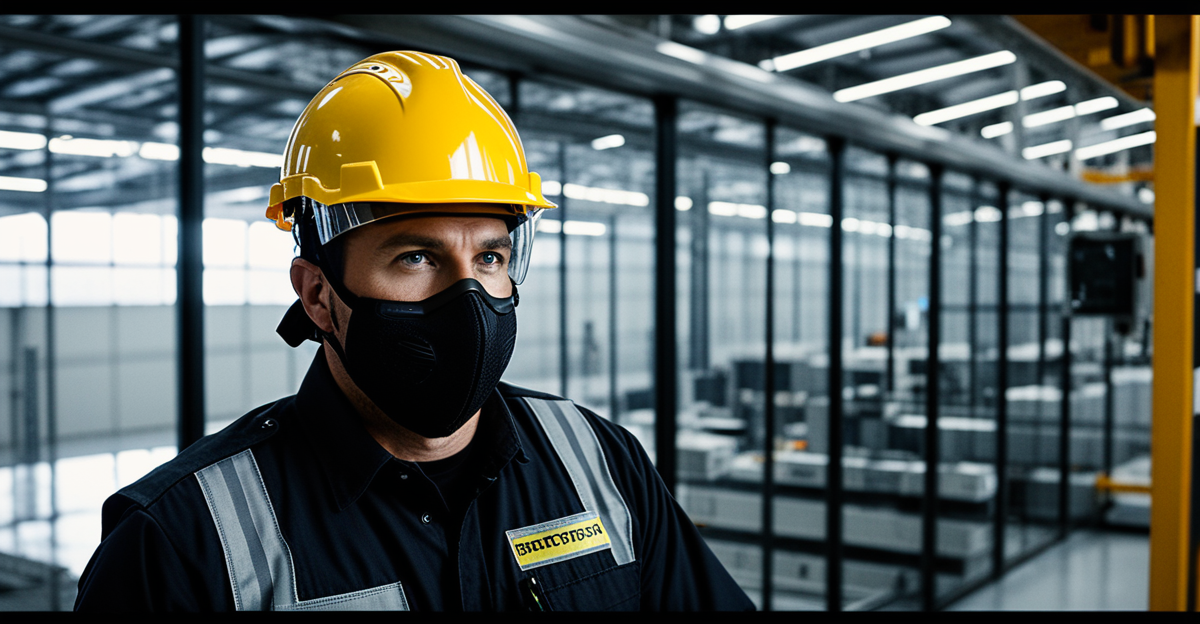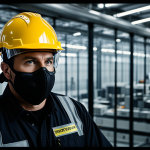Workplace safety evolves rapidly through advanced systems that combine AI, sensors, and automated controls. These technologies enhance real-time hazard detection, restrict machinery movement in dangerous zones, and secure equipment to prevent accidents. Integrating physical safeguards with digital monitoring creates a smarter, more responsive environment that protects workers and boosts operational efficiency—all while supporting compliance and reducing costly incidents.
Meeting Modern Expectations for Workplace Safety: Advanced Systems and Search Intent at a Glance
Modern organizations face rising demands to protect employees efficiently and proactively. Through safety tech solutions, businesses are rapidly shifting from traditional manual checks toward real-time safety monitoring systems and AI-powered methods. Smart sensors and IoT-connected devices now deliver instant alerts for workplace hazard detection technology, such as environmental hazard sensors, real-time air quality monitoring, and equipment malfunction notifications. This early detection enables immediate intervention, substantially reducing risks and potential incidents.
Topic to read : How Can Businesses in the UK Navigate Post-Brexit Regulatory Changes?
In parallel, wearable safety technology for workers—from connected helmets to fatigue-detection wristbands—helps manage physical health and stress indicators. These employee injury prevention solutions promptly inform staff if vital signs indicate overexertion, promoting better break habits and overall wellness.
AI-driven accident prediction models further transform the field by analyzing huge data volumes, identifying patterns, and automating hazard prioritization. Integrating these innovations with intelligent safety management software eases regulatory compliance, streamlines safety documentation, and ensures faster response to emerging threats.
In parallel : What strategies are UK business services using to ensure data security?
Early adopters experience measurable benefits: improved compliance, lower injury rates, and an empowered workforce, all backed by continuous, data-rich oversight rather than static snapshots of workplace safety.
Core Technologies and Implementation of Advanced Safety Systems
AI and IoT Integration for Continuous Hazard Detection and Response
AI and IoT enable continuous workplace hazard detection by collecting real-time data and triggering automated emergency protocols. Smart sensors and IoT-enabled safety devices now monitor conditions like air quality, temperature, gas leaks, and electrical hazards. When risk thresholds are crossed, systems automatically send alerts to supervisors and activate mitigation tools, such as emergency shutdowns or evacuation guidance. AI-driven accident prediction models analyze data feeds and alert teams to prevent incidents before they escalate.
Wearable Safety Technology and Employee Monitoring for Injury Prevention
Wearable safety technology is pivotal for employee injury prevention. Smart helmets, vests, and wristbands track vital signs—monitoring fatigue, exposure to hazards, and physiological stress. These devices deliver immediate safety alerts, helping reduce risks from overexertion or hazardous materials. By employing wearables for high-risk roles first, organizations can measure their impact before wider rollout.
Implementation Strategies: Training, Cloud-Based Management, and Collaboration with Partners
Effective implementation requires tailored digital training, cloud-based management platforms, and ongoing collaboration with trusted partners. Cloud-based safety management software supports training, incident reporting, and compliance tracking, centralizing information for all levels of staff. Partner collaboration ensures updates and oversight, while comprehensive training programs elevate safety awareness, enable swift adoption of new technologies, and drive a proactive safety culture.
Evaluation, Comparison, and ROI of Modern Workplace Safety Solutions
Comparing Advanced Systems with Traditional Safety Measures
Precision: Modern EHS technology significantly improves hazard detection, monitoring, and compliance tracking speed and accuracy compared to legacy practices. Real-time IoT sensors and wearable safety technology for workers allow for immediate alerts on air quality changes, equipment malfunctions, or fatigue risk—surpassing periodic manual checks. AI-driven accident prediction models analyse historical and live data to pre-empt incidents, whereas earlier methods often only reacted post-event. Traditional measures rely on paper records and scheduled reviews, which risk oversight and slow responses, while cloud-based analytics and digital safety training platforms offer continuous, reliable monitoring with instant access to data.
Regulatory Compliance, Auditing, and Ongoing Improvement
Regulatory compliance is streamlined through compliance tracking software and automated auditing functions. Platforms manage training, certifications, and documentation, actively reporting compliance gaps and tracking remedial action. Automation eliminates the errors typical of manual systems. Ongoing improvement is driven by safety data reporting automation and incident root cause analysis tools; these pinpoint risk trends, enabling preventative action rather than reactive fixes. Cloud-based solutions further enhance accessibility and accountability, making compliance and improvement processes scalable for small businesses and enterprises alike.
ROI, Case Studies, and Recommendations for Selecting the Right Solution
Return on investment becomes clear when reductions in workplace injury, insurance costs, and downtime are paired with improved compliance and productivity. Automated systems reduce manual workload and increase audit readiness, justifying costs through safer environments and heightened operational efficiency. Organisations are encouraged to start with pilot deployments in higher-risk zones and scale proven, data-rich solutions across wider operations. Prioritise platforms that adapt to evolving regulations, allow integration with current infrastructure, and support ongoing workforce training.



